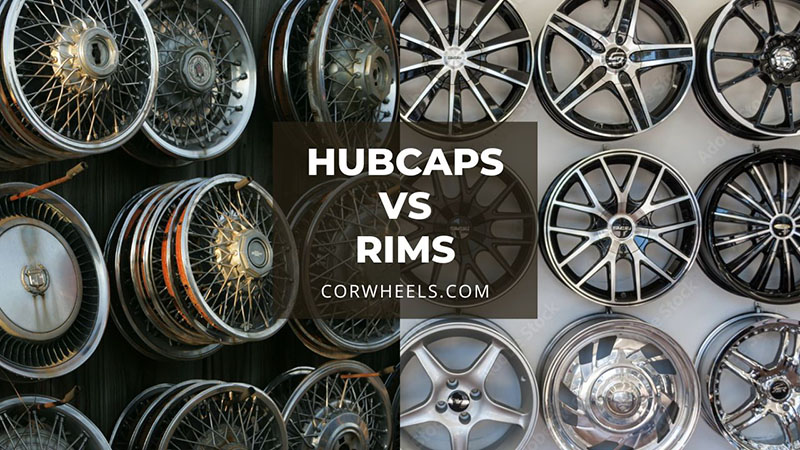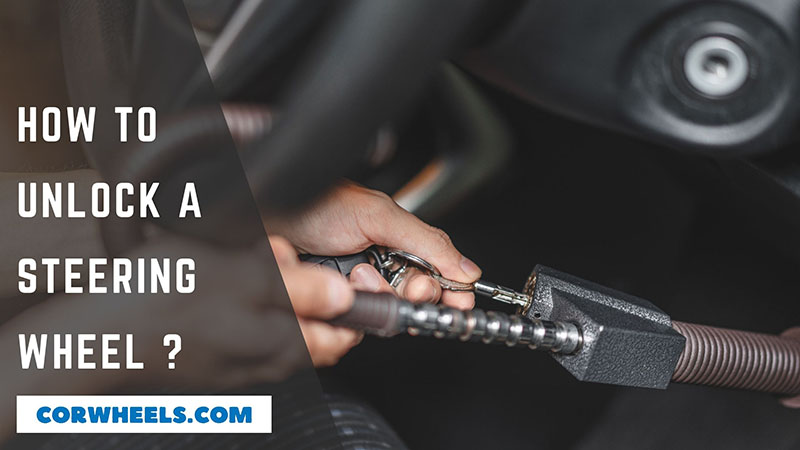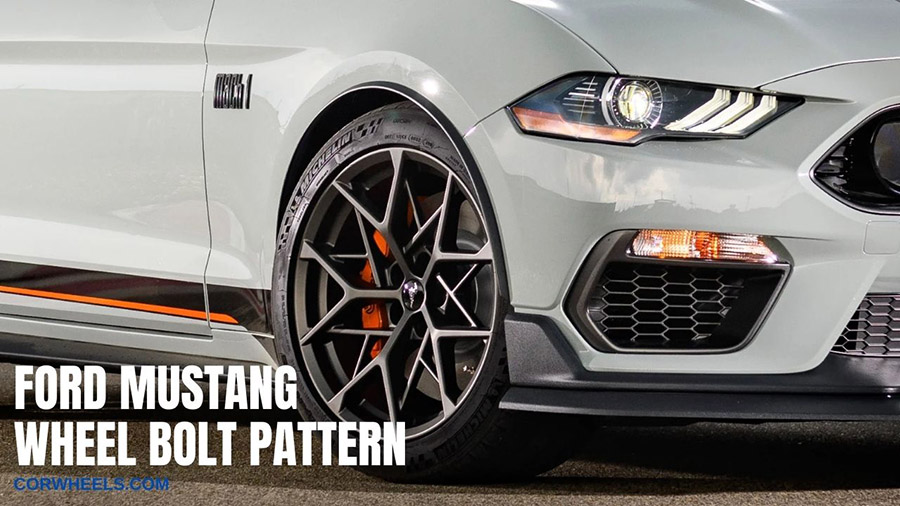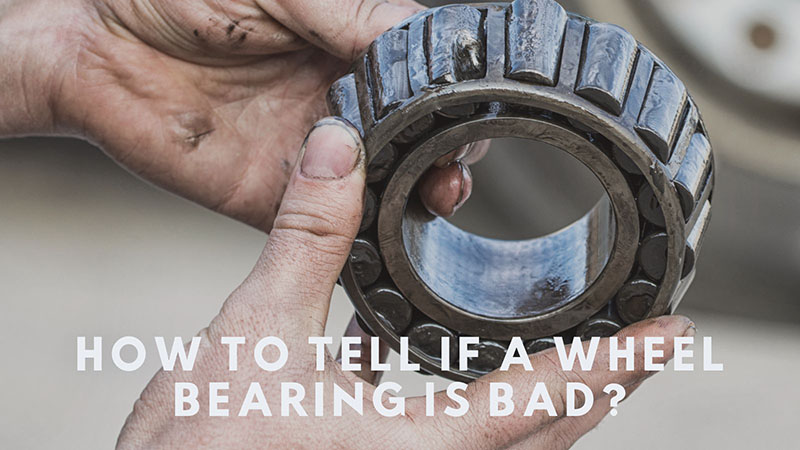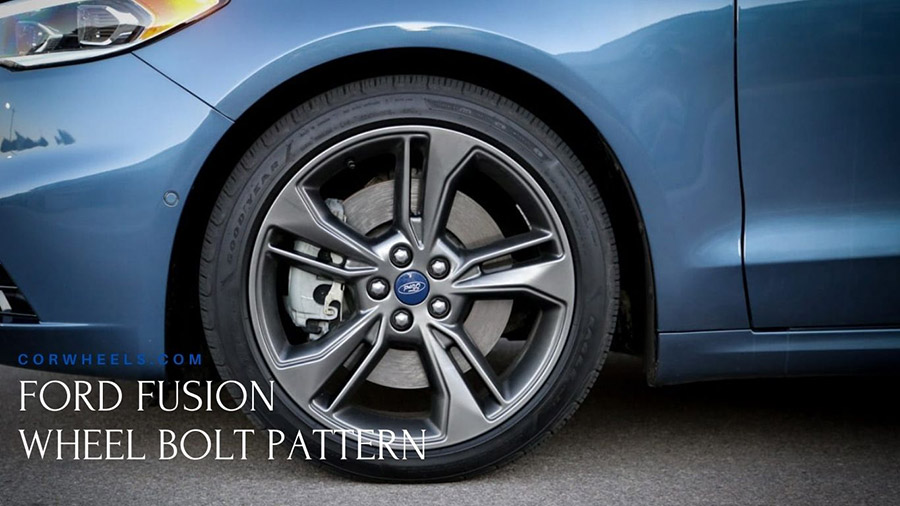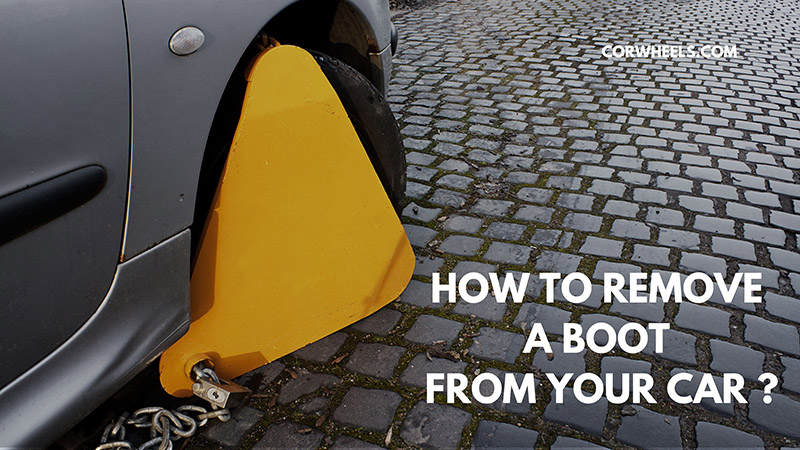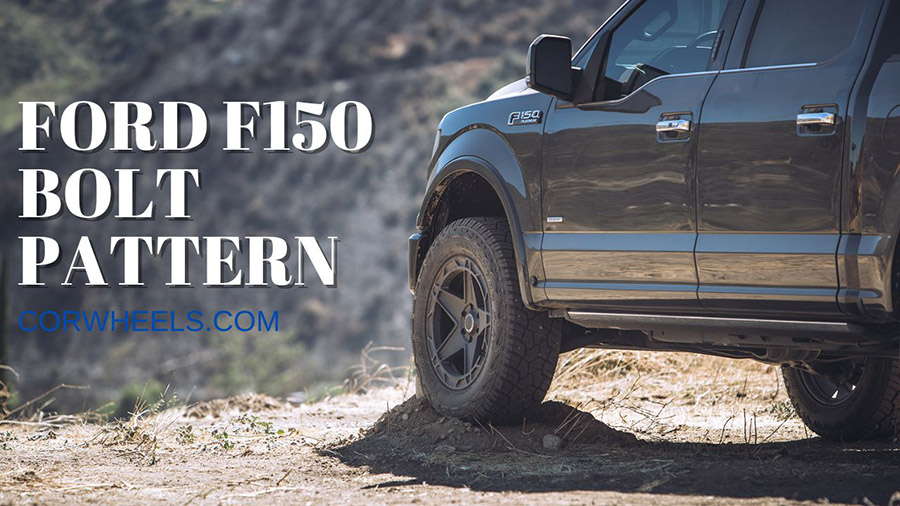The concept of tire wheels seems straightforward enough – until we delve further into some of its extra compartments like the rims and hubcaps. What are hubcaps and rims? Are they identical, or should drivers pay more attention to their differences?
All these burning inquiries will get properly addressed in this inclusive guide. Keep scrolling for more.
In this article:
Rims vs Hubcaps
1. Differences Between Rims and Hubcaps
For starters, “hubcaps” refer to the part that only covers the wheels’ center cap or hub (though drivers can let them draft over the entire wheels if desired).
They are expected to keep dirt off, protect your wheel bearing, and catch rusty lug nuts when they get loose; however, installing them for decoration purposes is fine, too.
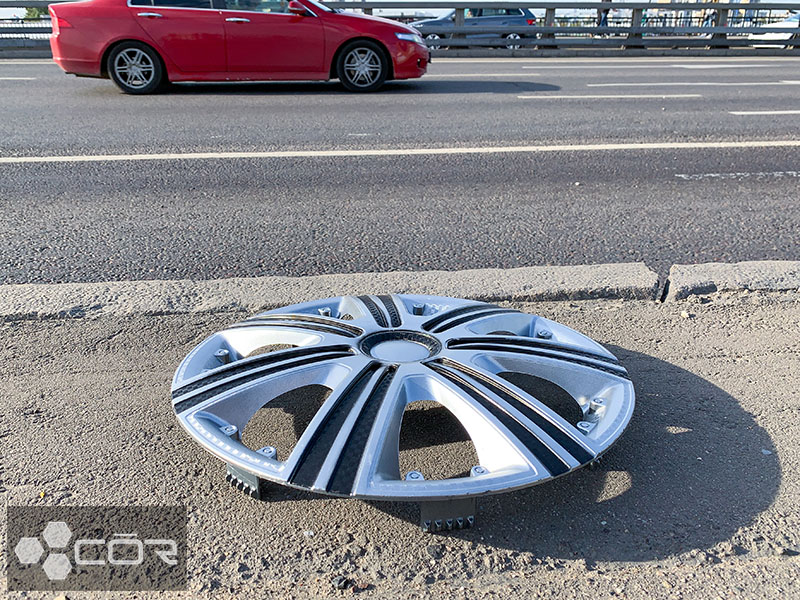
Meanwhile, the rims are designed to keep the entire tire firmly on the wheels. They usually comprise steel sheet metals, magnesium, or aluminum alloy, contrasting to hubcaps’ flimsy plastic layers.
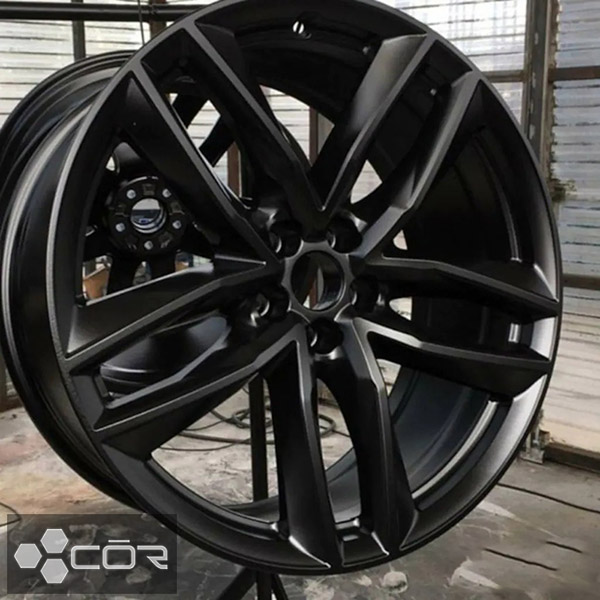
At first hearing, the two do not seem much different except for minor details. Yet, a closer look into their construction reveals their distinctions run deeper than expected:
a. Compulsion
Hubcaps are add-ons, sometimes serving as decoration ornaments – as previously mentioned. Most manufacturer cars do not come with hubcaps, requiring users to purchase them from retailers or aftermarkets.
Rims, however, are an integral, pre-installed part of the system.
b. Purpose
Both act as protective layers. Nevertheless, hubcaps are more catered to smaller parts of the stock wheels, such as cogs, lug nuts, or additional plugs.
Meanwhile, the rims’ workload is much heavier, as they have to be responsible for the tire’s secure position. Without these rims, the tires might fall off the wheels.
c. Removal
You can remove or add hubcaps to your cars without difficulties by prying it off the rim using a screwdriver and the like; such changes pose no significant impact on the vehicle’s wheels, either.
Removing rims is much more complex. One must ensure every relevant part is properly pulled off/disconnected before proceeding.
2. Pros and Cons of Hubcaps
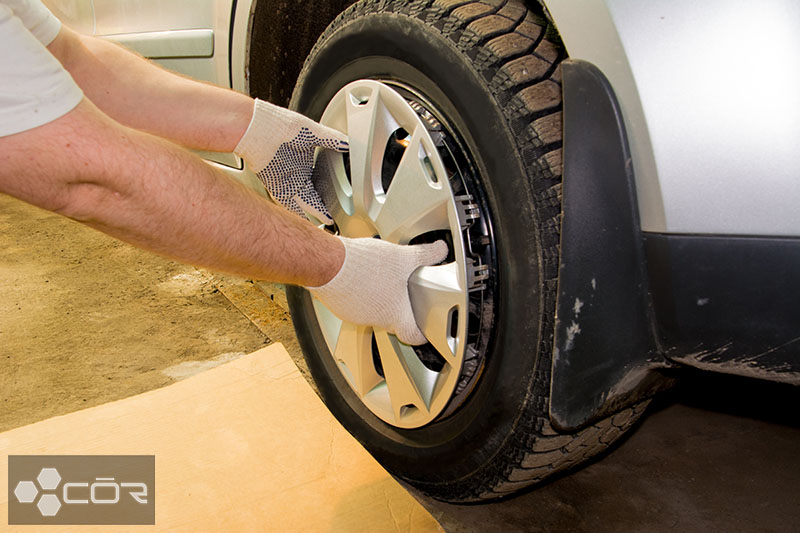
Pros
For one, these hubcaps are cheap; you can seek some of the most beautiful hubcaps at local stores at affordable pricing ranges.
Better yet, when unexpected mishaps happen, it only takes a few seconds to pop them off the tires and investigate the issue. Fixing or re-installing them, as previously discussed, barely requires expertise – great news for confused novices.
Cons
Some mid-range hubcaps look just like their price: cheap and substandard.
Since these devices are mostly decorative pieces, they pose no immediate risks to the car. However, their less-than-stellar appearance might bring down the vehicle’s luxury look by several notes, even beckoning judgy looks from passersby.
3. Pros and Cons of Rims
Pros
Their aluminum/steel constructions reward your precious car with a far more expensive look than hubcaps. Nobody can resist a second look at their classy appearance.
Plus, they are part and parcel of your tires; sturdy rims ensure smooth, grippy contacts between the tire and the road surfaces, guaranteeing a non-hassle trip.
Cons
Fixing and replacing them is a pain – both effort- and money-wise. Some even go up to over $1000, pricier than an average motorbike.
To save the cost, one must perform strict maintenance tasks to keep the rims from premature damage.
Hubcap vs Wheel Cover: Are They Different?
Yes, they are day and night, but this mistake is understandable. Both wheel covers and hubcaps wrap around wheel portions, prompting questions about whether they are identical.
More specifically, hubcaps only cover the wheel’s center area (or hub) to provide basic protections for the nuts and lugs. Specialists stress clearly that they do not protect the remaining parts of the wheels.
Meanwhile, wheel covers shield both the center and other compartments on the wheel, with a scope reaching much further than their hubcap counterparts.
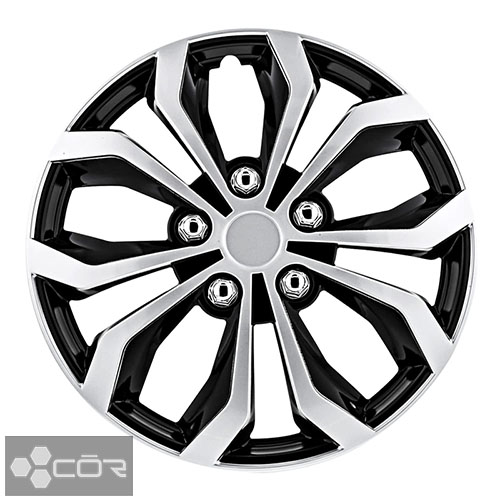
Other considerable differences between wheel covers vs hubcaps to keep in mind:
- We only see hubcaps in older vehicles these days. As sealed wheel assemblies are the new standards, brands have long removed traditional hubcaps from their manufacturing processes.
- Hubcaps mostly comprise cheap plastic, with very few exceptions of steel and metal. Meanwhile, wheel covers made of plastic are getting rarer; even budget models switch to alloy now.
Since hubs and wheel covers are often mistaken for each other, keeping this distinction in mind is crucial.
Is It Possible To Drive With No Rims?
No; recklessness aside, it is just plain impossible. Metal rims are an irreplaceable part of the wheel assembly, serving as the anchor point that supports:
- Tire mounting
- Vehicle weight
- Proper braking operation.
Without the rims, your tires cannot stay firmly attached to their wheel hubs, which causes tire separations from the cars while driving. Your vehicle cannot move forward or steer as a result – a perfect formula for fatal accidents.
On another note, these rims absorb vibrations and shocks from road surfaces, giving you a smoother die. Traveling on rugged terrains with no rims is like stepping onto a roller coaster.
Are Hubcaps Necessary? Can You Drive Without it?
Yes, you can drive with no hubcaps.
As my comparison pointed out above, hubcaps are decoration covers placed over the wheel’s hub. While certain functional purposes can still be noted (improving the wheel’s aerodynamics, covering the lug bolts from dirt, etc.), they are not truly essential for the vehicle’s safe operation.
Drivers can uninstall hubcaps without compromising the car’s steering or performance. Hence, you can remove them to display the wheel skins and other aftermarket accessories, highlighting an aesthetic, sportier outlook.
Can You Put Hubcaps On Rims?
No, it is impossible.
Hub designs are meant to fit the hub only, which is positioned on a different part of the wheel’s assembly. Squeezing it against the tire rim is uncommon and even dangerous.
Wheel covers are a different story, however; their generous dimensions allow them to go well with a car’s rims. However, you must ensure the bolt pattern and size of the covers perfectly match with your wheels. Or else, you risk damaging the cover or it falling off on the road.
How Much Does It Cost to Install Rims and Hubcaps?
Adding rims fluctuates between $200 to $1000 for average cars, while hubcap replacement costs $50 to $100.
You can save some labor expenses for the latter by setting up the device on your own: it only requires $10 to $24 for hubcap purchases.
FAQs
Can Hubcaps Fall Off While Driving?
Yes. The reason is mostly due to lackluster installations, which jolt the hubcaps on rough terrains and send them tumbling on the street.
Why Are Wheels Called Rims?
Since wheels or rims are usually pressed/cast from single metal pieces, some people like to use them interchangeably. However, note that they are not the same: rims are only a small feature of your wheel assembly.
Conclusion
Clearly distinguishing hubcaps to rims and wheel covers helps you know which one to install and pay more attention to. So, only rim is an indispensable component; feel free to reach out if there are aspects about these parts I have yet covered.

